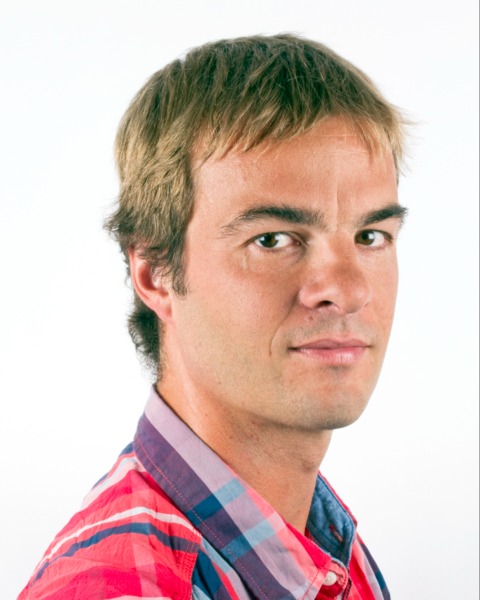Biology Unveiled
Engineering vessels-on-a-chip to study human vascular diseases
Thursday, May 25, 2023
10:30 - 11:00 CET
Room/Location: 304 (Level -1)

Guillaume Dumenil, Dr
Principal investigator
Institut Pasteur, France
Abstract: Because of their presence in all organs, blood vessels play a role many different human diseases including infectious diseases such as sepsis and meningitis. The design of in vitro models of these complex vascular structures is of utmost importance to understand disease mechanisms and define novel treatments but also represents a technological challenge. Blood vessels are composed of different cell types organized in three dimensions by extracellular matrix structures. The current progress in microfluidics and organ-on-a-chip models offer new opportunities in the field of vascular biology. We followed a strategy based on laser photoablation to carve out the blood vessel lumen in any necessary shape. Endothelial cells are introduced in the lumen which then form a monolayer. We took advantage of intravital imaging of mouse vasculature to define and determine various quantitative criteria to be reproduced in vitro including vascular permeability, presence of basement membrane, endothelial cell morphology and cellular junctions. We then optimized the experimental conditions to mimic these in vivo blood vessel properties. Finally, optimized blood vessels were used to study infections caused by the sepsis and meningitis causing Gram negative bacterium Neisseria meningitidis. This work illustrates how in vitro blood vessels can be engineered to address specific questions in the field of human health.

